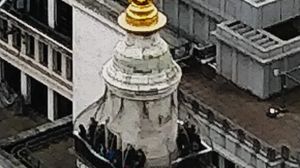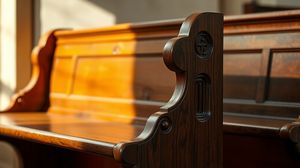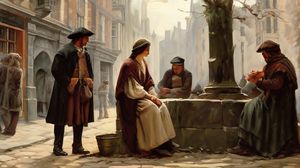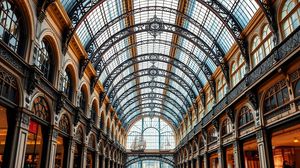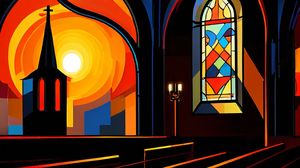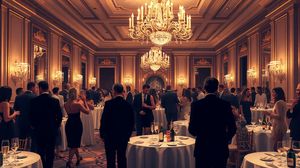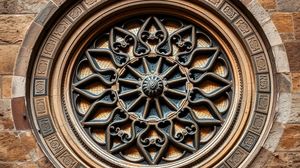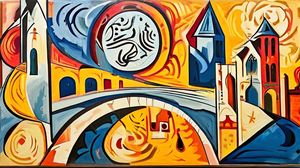
St. Magnus the Martyr, located on Lower Thames Street, is notable for preserving a significant piece of London's history — the old London Bridge entrance archway. This intriguing remnant from the original London Bridge, which dates back to the medieval period, offers a tangible link to the past, allowing visitors to step back in time and imagine the bustling activity that once defined this central artery of the city.
The archway is steeped in history, having witnessed centuries of change in London's landscape. The original London Bridge spanned the River Thames and was the first major bridge crossing into the city, playing a crucial role in London's development. It was a bustling hub, often described as 'a street above water,' lined with shops, homes, and bustling pedestrians.
An interesting fact about the London Bridge entrance archway is its survival despite the bridge itself being replaced multiple times over the centuries. Most of the original medieval bridge was dismantled in the early 19th century, yet this archway stands as a silent sentinel to its legacy.
The church of St. Magnus the Martyr, where the archway is located, is an active place of worship with its own rich history. It was rebuilt by Sir Christopher Wren after the Great Fire of London in 1666 and has been a focal point for the local community for hundreds of years. The connection between the church and the archway enriches the historical narrative of the site.
Visitors to the archway will appreciate the craftsmanship of this surviving structure, with its stonework providing a window into the architectural styles and methods of the time. It symbolizes the endurance of London's historical landmarks, seamlessly integrating past and present.
The archway's location at St. Magnus the Martyr Church allows for an exploration of the wider history encapsulated within church walls, including stunning interior designs and significant historical artifacts, offering a unique coupling of religious and civil history.

Making the Most of Your Visit:
When you visit the Old London Bridge Entrance Archway at St. Magnus the Martyr, make sure to take a moment to appreciate the stone relief above the archway. It's a delightful piece of artistry showing St. Magnus himself, which adds a personal touch to the historical context of the arch.
Time your visit to hear the church bells, preferably during a weekday lunchtime when they're often played. The sound adds a beautiful, atmospheric layer to your exploration of this historic site.
If you're a photography enthusiast, the morning sunlight casts beautiful shadows on the archway that highlight the intricate stonework. It's the perfect time to capture the details of this remarkable structure.
Inside the church, don't miss out on the model of the Old London Bridge. It provides a fascinating visual aid to what the bridge once looked like, enhancing your understanding of its historical significance.
Lastly, take a moment to explore the remnants of the Roman wharf embedded in the churchyard's boundary wall. It's a fantastic spot to ponder the layers of history that London is famous for.

Visiting Times & Costs:
The Old London Bridge Entrance Archway at St. Magnus the Martyr is accessible to the public as it is located outside the church. The church itself, which houses exhibits such as the model of the Old London Bridge, welcomes visitors at specified times.
- Open to the Public: Yes, the archway itself is always accessible. The church is open to the public during its visiting hours.
- Opening Hours: The church is typically open to visitors Monday to Friday, 10:00 AM to 4:00 PM. It may also be open at weekends, but this can vary.
- Entrance Cost: The entrance to the church and viewing the archway is generally free, but donations are appreciated to help maintain the site.
- Accessibility: The area around the archway outside is easily accessible. Access inside the church is generally friendly to those with mobility issues, though some areas may have limited access due to the historic nature of the building.
Please note that opening times can vary, and checking in advance is advised, especially during public holidays or special church events, which might affect access.

Address & Map:

Nearby:

